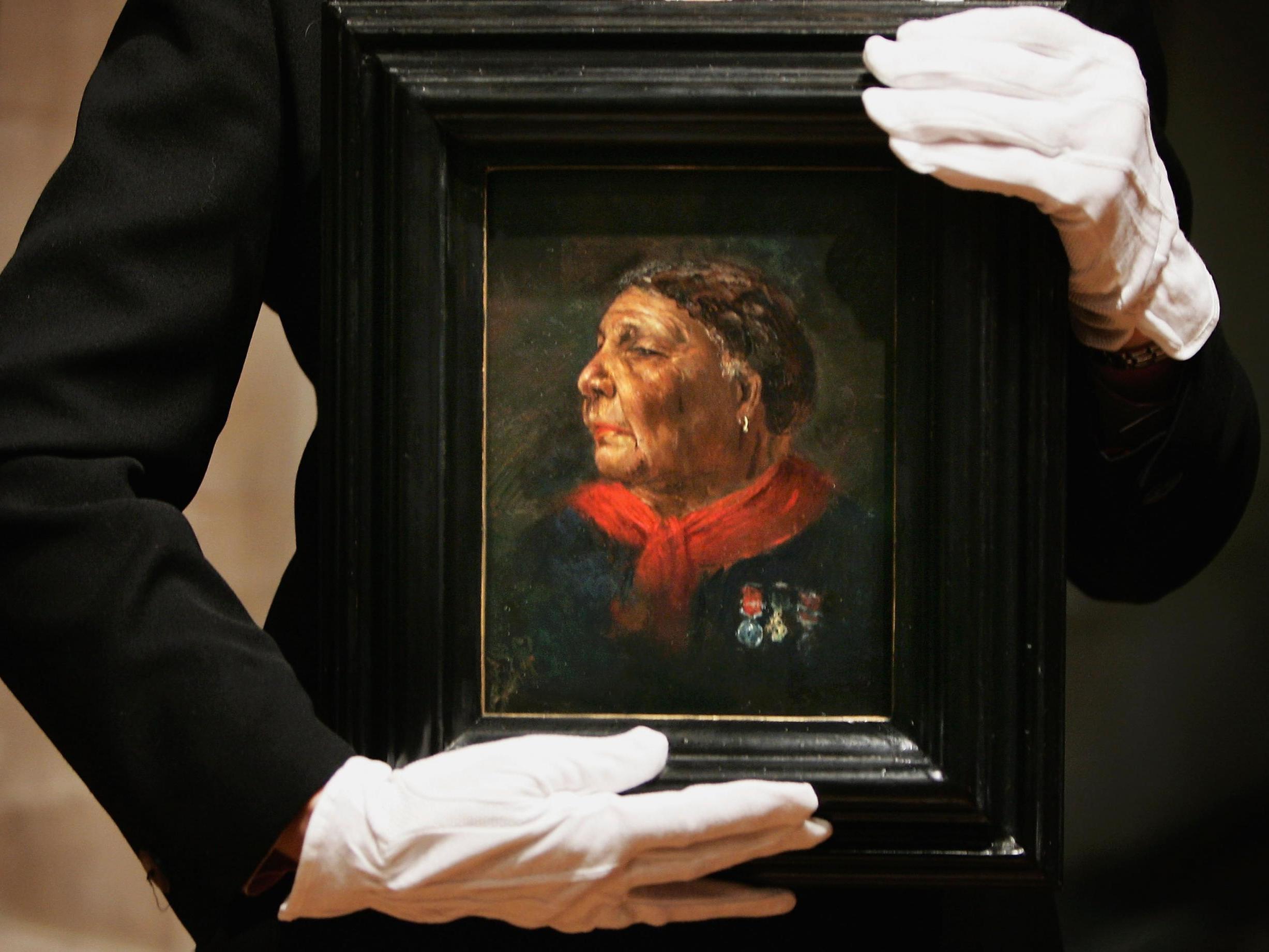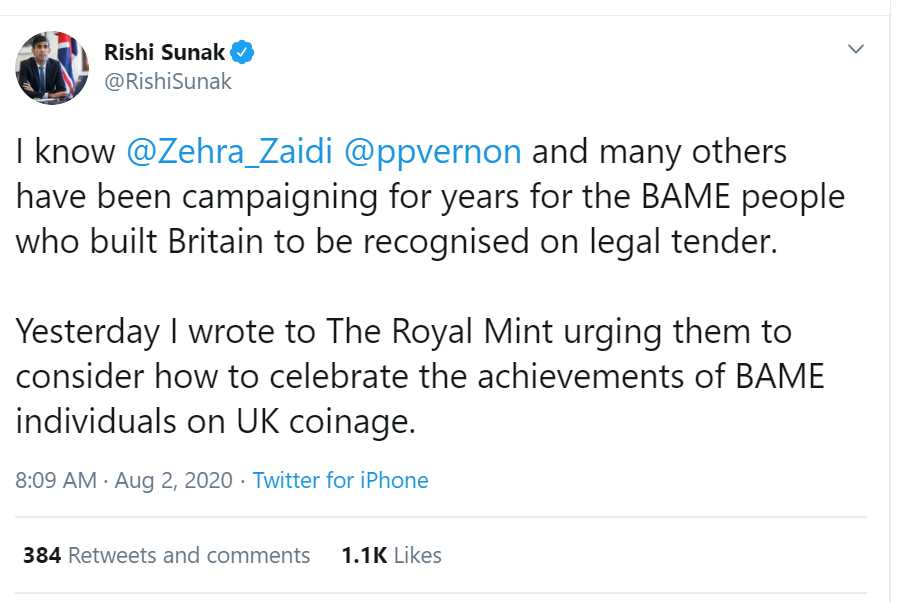How a commemorative Gandhi coin utterly overshadowed our fight for British ethnic minority representation
From a mix-up in the Treasury to false reports in the media, what was once an attempt to show that ethnic minority Brits matter, quickly turned into a cycle of confusion


Your support helps us to tell the story
From reproductive rights to climate change to Big Tech, The Independent is on the ground when the story is developing. Whether it's investigating the financials of Elon Musk's pro-Trump PAC or producing our latest documentary, 'The A Word', which shines a light on the American women fighting for reproductive rights, we know how important it is to parse out the facts from the messaging.
At such a critical moment in US history, we need reporters on the ground. Your donation allows us to keep sending journalists to speak to both sides of the story.
The Independent is trusted by Americans across the entire political spectrum. And unlike many other quality news outlets, we choose not to lock Americans out of our reporting and analysis with paywalls. We believe quality journalism should be available to everyone, paid for by those who can afford it.
Your support makes all the difference.Imagine the scenes.
Three years ago, you start a campaign to make Noor Inayat Khan, a British spy in the Second World War, the first ever ethnic minority face on British legal tender. You then join forces with Patrick Vernon (whose individual campaign was for Mary Seacole), but the campaign cannot convince the Bank of England to put an ethnic minority face on the new £50 note. Undeterred, you launch We Too Built Britain to campaign for legal tender in terms of coins, as well as representation on statues and civic symbols.
On 1 August, you are told that not only does Rishi Sunak, the current chancellor, support the We Too Built Britain campaign, but he has written to the Royal Mint to ask them to draw up specific plans based around your proposal.
Then imagine that the headlines you wake up to are about Mahatma Gandhi being “the first person of colour on British currency”, a name that was not included in your letters to the chancellor, and missing from the chancellor’s letter to the Royal Mint. Picture dealing with a flood of journalist requests focused on the Gandhi coin and spending hours clarifying facts, instead of speaking in full about the true intention of your history-making campaign.
The question of why this confusion occurred is easy to answer. Sajid Javid, the previous chancellor, announced a Gandhi commemorative coin in October 2019. In briefings from HM Treasury and the Royal Mint, after clearly stating Sunak’s support for and endorsement of the We Too Built Britain campaign, it was added that a Gandhi commemorative coin was in the early stages of planning, but without making it clear that this was a 2019 decision from the Javid chancellorship. As a result, mainstream press then conflated a Gandhi commemorative coin with our campaign for legal tender. Let me be clear, they are not one and the same.
A commemorative coin would not even be “the first” commemorative coin featuring a person of colour. We have already seen coins to honour Olaudah Equiano and Walter Tull.
The question of how to prevent this confusion from happening again is more complicated and requires purposeful action.
Firstly, the risk is that our institutions of power look at ethnic minority communities under the broad category of “Bame” or as a homogenous group where the representation of one group satisfies representation for all. Yet we are now a diverse enough society to go deeper in our understanding of ethnic minority groups. Understandably, when the news emerged, some black campaigners immediately raised issues that they had with Gandhi and his anti-Black comments. Sunak had tweeted in support of Black Lives Matter and the need for inclusion and representation. Gandhi was not someone black campaigners would have nominated, with many voicing support for Seacole.

As famous as Gandhi may be, however, there are lesser-known stories of leadership, courage and societal impact that have been overlooked by the mainstream, but who matter deeply to ethnic minority communities and whose stories will resonate nationally.
Noor Inayat Khan is a perfect example of that. A Muslim Second World War spy, she was the first female radio operator to be airlifted into enemy-occupied France and only one of four women in history to be awarded the George Cross. Mary Seacole had self-funded her way to the Crimea from England in the 1850s to help the fighting forces and opened a field hospital.
Secondly, stakeholder and public engagement can guard against siloed thinking in corridors of power. Issues can be raised; sensitivities can be noted; greater understanding can occur about community campaigns; and awareness can build of how a decision on representation can impact other areas of policy e.g. cohesion. Patrick Vernon and I originally wanted to promote positive role models at a time of the Windrush scandal and rising anti-Muslim hatred. I later focused the theme for our proposal for Service to the Nation coins around military heroes because it was unifying and brought people of all backgrounds together.
The headlines about a Gandhi coin had already been written by the time our campaign had a chance to respond to the news. We were blindsided.
Thirdly, the media needs to take care in researching even seemingly confusing facts. The chancellor's letter was clear and available online – he backed our campaign. Further, an international figure like Gandhi cannot be on legal tender. Guidelines state that the person must have contributed to British society, culture, or economy.
The value of our campaign extends beyond the issue of representation. It is about improving processes in terms of diversity and inclusion: who the decision-makers are in the room; how much stakeholder engagement is done; how much time is spent on marketing to under-represented groups; or how much care is taken in choosing inclusive themes.
Our campaign is also about getting policymakers to understand that these heroes, as symbols, mean something far greater than just their individual accomplishments. Ethnic minority people need to see themselves represented in institutions. They need to see their contributions to Britain recognised. It is a part of an invisible social contract and it can build cohesion, inspire young people and unite us as a nation, showing that we all have an equal stake in society.
The message to all is that ethnic minority Britons matter.
What is so inspiring, is that Sunak feels the same way.
Our campaign cannot wait to work with HM Treasury and the Royal Mint to ensure that the process ahead is as inclusive as possible.
Zehra Zaidi is a lawyer and the lead for the We Too Built Britain Campaign to ensure ethnic minority representation in legal tender, statues & civic symbols. More information can be found on her twitter handle @Zehra_Zaidi and the campaign will be providing updates from the Royal Mint at @WeTooBB.
Join our commenting forum
Join thought-provoking conversations, follow other Independent readers and see their replies
Comments